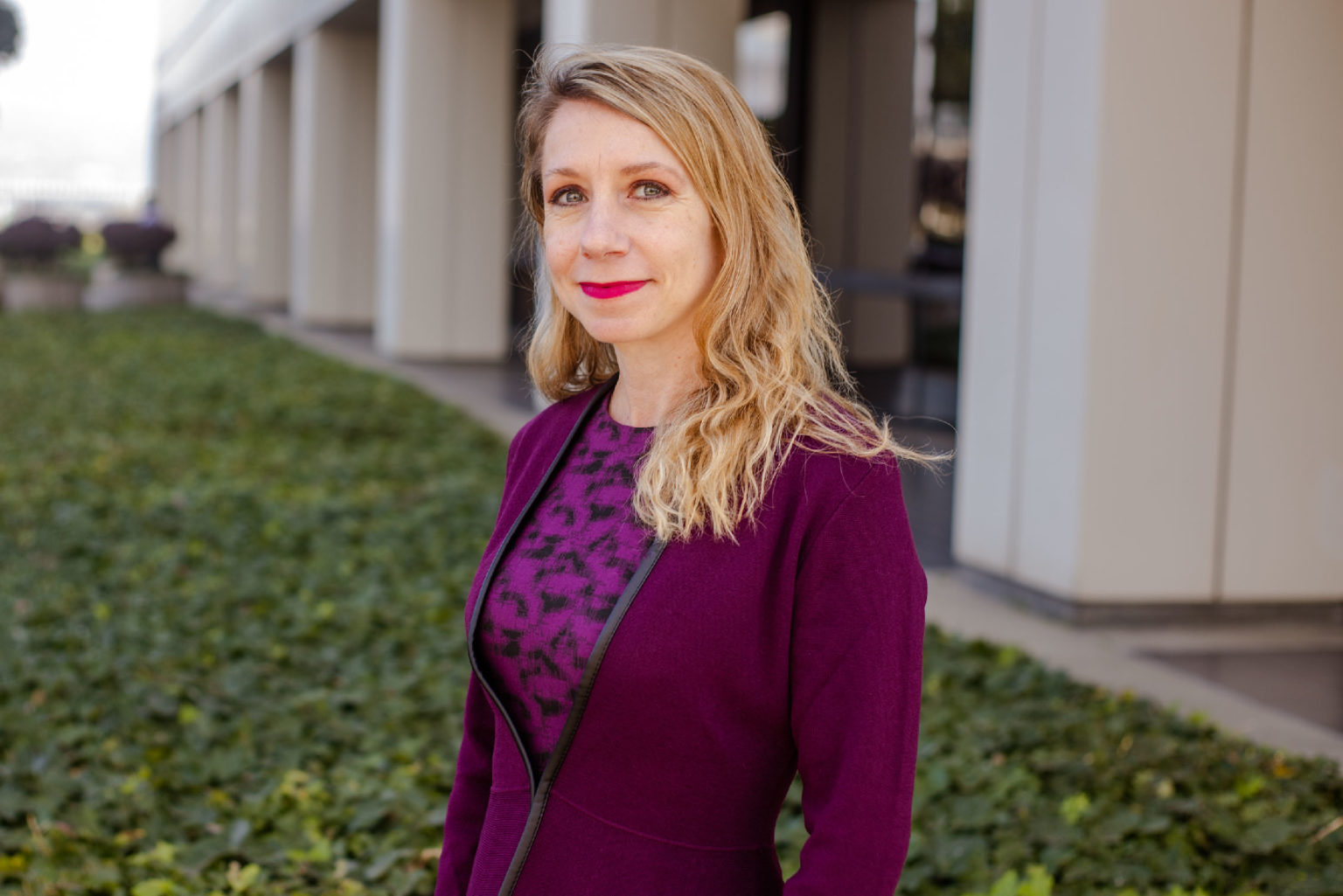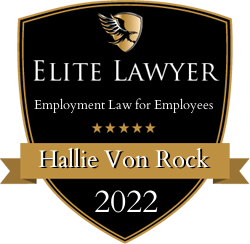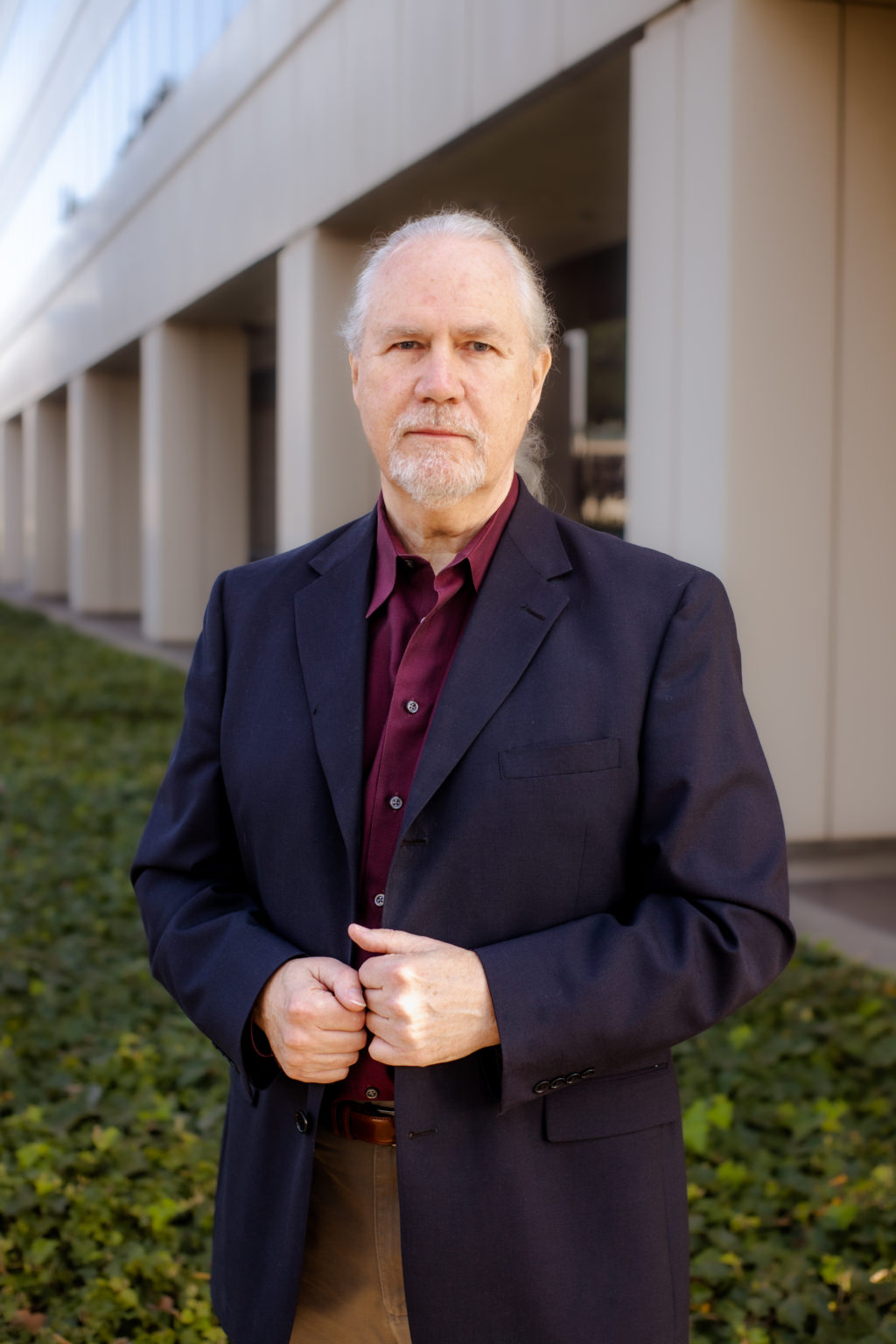 One of the most misunderstood parts of the workplace is the classification of an employee’s uniform, as the variance from one place of work to the next can make for a messy application of laws. What actually constitutes a work uniform? When does an employer need to pay for expenses? That depends on a variety of factors and employers have frequently utilized the grey area to push the envelope when it comes to avoiding paying for work uniforms. Whether you’re an employee or employer in California, knowing your rights and obligations is essential to maintaining a lawful work site and avoiding any potential legal headaches down the road. Here’s a look at some of the most important things to know:
One of the most misunderstood parts of the workplace is the classification of an employee’s uniform, as the variance from one place of work to the next can make for a messy application of laws. What actually constitutes a work uniform? When does an employer need to pay for expenses? That depends on a variety of factors and employers have frequently utilized the grey area to push the envelope when it comes to avoiding paying for work uniforms. Whether you’re an employee or employer in California, knowing your rights and obligations is essential to maintaining a lawful work site and avoiding any potential legal headaches down the road. Here’s a look at some of the most important things to know:
Just because it doesn’t look like a uniform doesn’t mean it’s not.
A basic dividing line for the legal status of a possible work uniform is whether clothes are of a distinguishing design and color or are exclusive to a company, which is why the classification wouldn’t cover work suits or most business attire. If you can walk out of your office or place of work and wear your clothes to a job with a different company, you’re probably not in a work uniform, although the correct classification still largely depends on the context and dress code instructions. For example, if you’re a valet who is instructed to wear dark pants and a white shirt, this would not constitute a work uniform, as these would be considered parts of a basic wardrobe. However, if you work at a valet that requires you to wear a Hawaiian shirt and a flower lei, this would have to be provided or you would deserve reimbursement. Additionally, if your employer requires a distinctive style and color of shirt or pants (e.g. a bright red collared polo), it is likely that the correct classification is a work uniform.
You cannot be pressured into purchasing a company’s clothes.
Employers have every right to avoid paying for a work uniform by forming dress standards based on non-exclusivity, but there are also stark limitations. If you work at a clothes retailer, it is concretely illegal to be forced into purchasing the company’s clothes or to be treated unfairly if you choose not to wear them. Despite the law, however, it has been a commonplace feature of working for many clothing retailers, which opened the door to major lawsuits in California against retailing giants like Abercrombie and Fitch and Gap. Abercrombie in particular has been under fire, including a successful lawsuit brought by Aiman-Smith & Marcy in 2015 that found that managers had habitually pressured employees to purchase Abercrombie attire for work. While A&F’s written uniform policy appeared above-board, evidence was given that showed executives were tracking purchases and instructing management to prod employees to buy Abercrombie and Fitch.
If an employer is in violation, there could be severe fines dating back years.
In California, an employer not paying for a work uniform is considered to be in violation of an employee’s right to timely compensation, which can be a costly mistake for a business owner. Not only might an employer have to dish out 30 days of wages to each employee in the company it applies to but it could open a can of worms that brings years of expenses borne by the employee into question. In a famous case against Polo Ralph Lauren, an employee’s legal team was able to successfully argue that she had spent more than $30,000 in order to remain employed with the San Francisco store over the course of nearly a decade. Ultimately, it was settled for $1.5 million in compensation. Since that case, which was brought in 2006, a wave of additional lawsuits against retailers has increased scrutiny when it comes to complying with legal standards surrounding work uniforms.
Have more questions about work uniform classification?
Because of the significant complexity of a topic that superficially appears straight-forward, learning the basics of California law regarding work uniforms is crucial if you think your employer might be in violation. Additionally, keeping track of receipts for any expenses that could be considered part of a work uniform is also important to help protect yourself and your rights as an employee in California. For answers to any questions, a fast and easy consultation with the labor law experts of Aiman-Smith & Marcy can bring you up to speed and let you know how to proceed.





